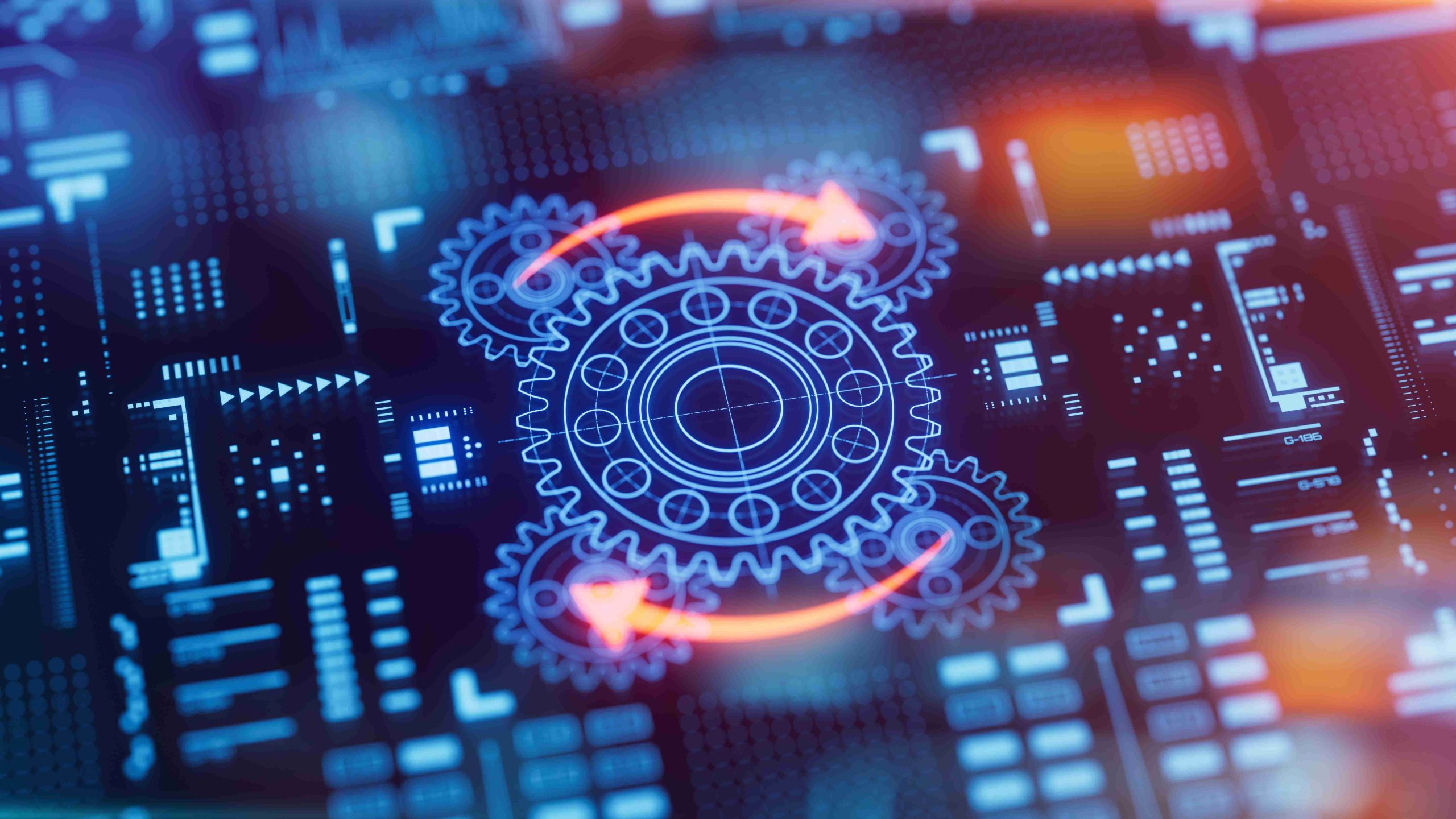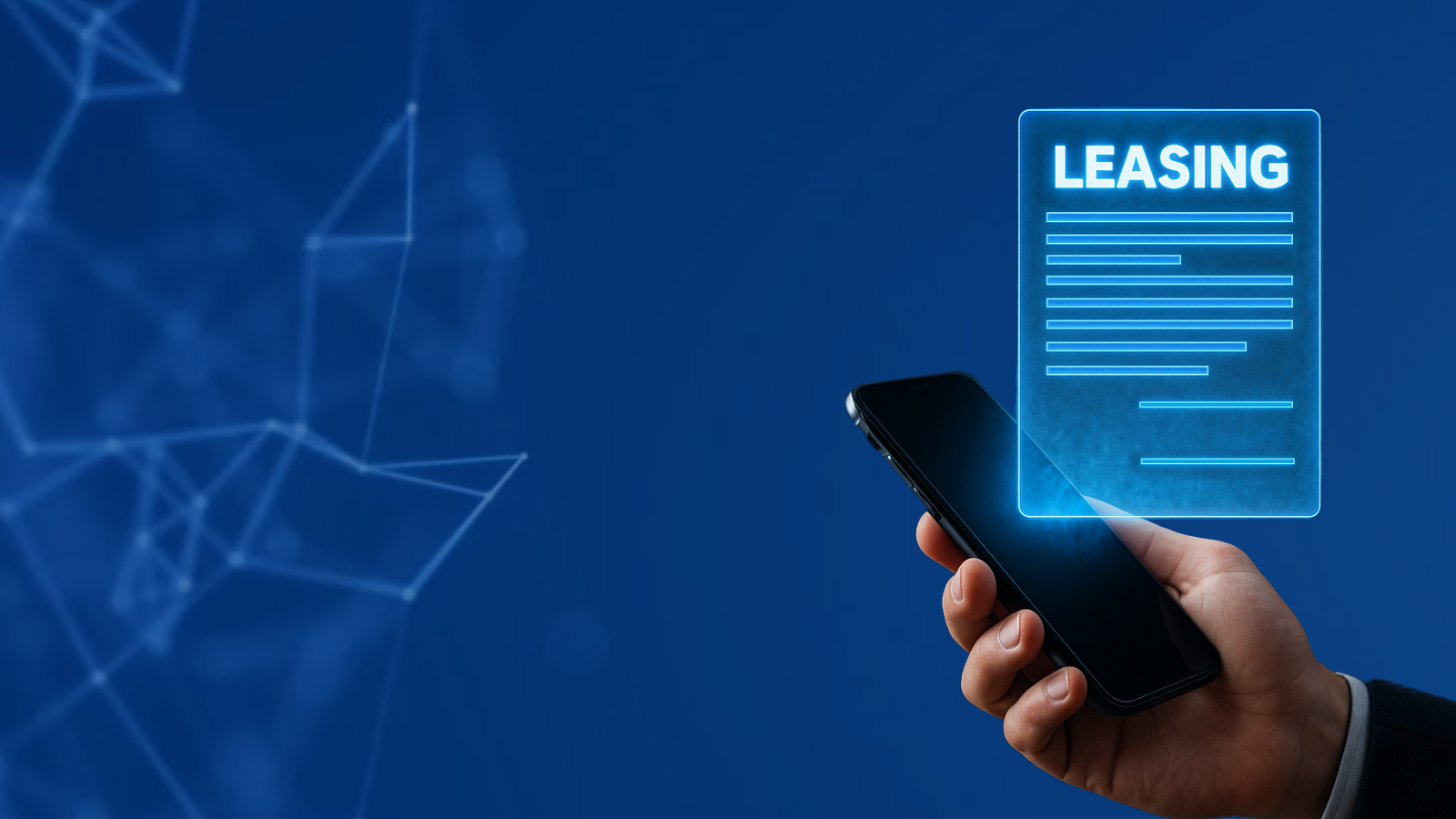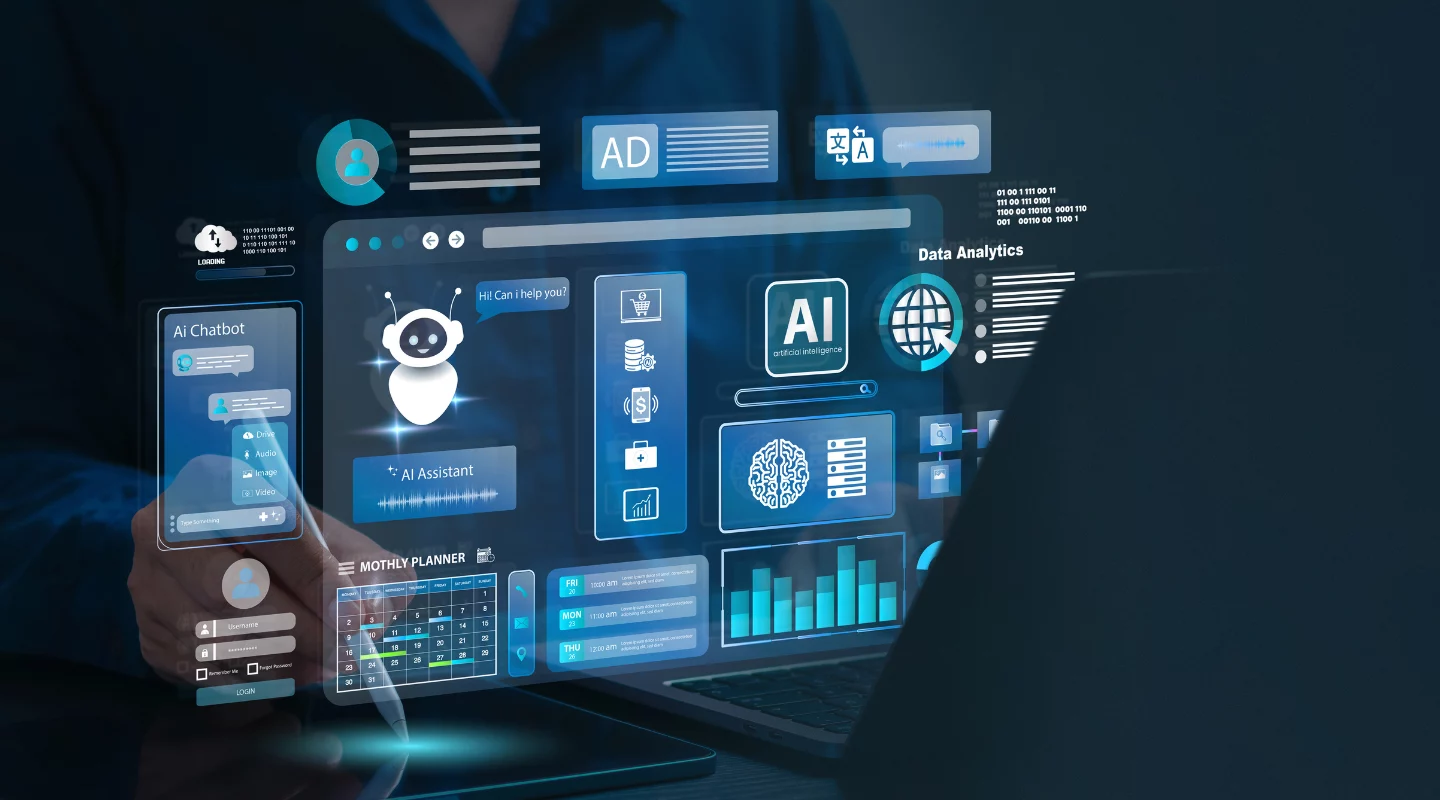Table of Contents
- The Current State of Leasing Operations
- Digital Lease Origination and Customer Acquisition
- Automated Contract Management and Documentation
- Real-Time Asset Monitoring and Management
- End-of-Lease Automation and Disposition
- Customer Self-Service and Engagement
- Integration and Ecosystem Connectivity
- Summary
The asset leasing industry stands at a transformative crossroads where digital automation can eliminate decades of manual processes, paper-based workflows, and operational inefficiencies. Leading leasing companies are now implementing end-to-end digital platforms that automate the entire lifecycle from initial customer inquiry through asset disposition.
The Current State of Leasing Operations
Traditional leasing operations remain surprisingly manual despite decades of technological advancement in other financial services sectors. Most leasing transactions still require extensive paperwork, multiple approval stages, and manual coordination between sales teams, credit departments, and asset managers. This legacy approach creates bottlenecks that slow customer service, increase processing costs, and limit the ability to scale operations effectively.
The complexity becomes particularly evident in asset lifecycle management, where leasing companies must track equipment condition, maintenance schedules, insurance requirements, and residual values across potentially thousands of assets. Manual tracking systems often result in missed maintenance opportunities, suboptimal remarketing decisions, and inefficient asset utilization, which directly impact profitability. Digital automation addresses these challenges by creating integrated workflows that span the entire leasing lifecycle, as explored in The Digital Future of Leasing, which outlines the strategic imperatives for leasing industry transformation.
Digital Lease Origination and Customer Acquisition
Modern leasing platforms begin with intelligent origination systems that can qualify prospects, generate quotes, and process applications without manual intervention. Advanced systems integrate with e-commerce platforms, dealer networks, and direct customer portals to provide instant lease calculations and pre-approval decisions based on real-time credit scoring and risk assessment. This capability enables leasing companies to capture more opportunities while reducing the sales cycle from weeks to hours.
The most sophisticated implementations include AI-powered recommendation engines that can suggest optimal lease structures based on customer profiles and equipment types. These systems analyze historical performance data, market conditions, and customer behavior patterns to propose lease terms that maximize both customer satisfaction and lessor profitability. This intelligence enables more competitive pricing while maintaining appropriate risk management standards.
Read more: How Digital Leasing Is Transforming Traditional Models
Automated Contract Management and Documentation
Digital contract generation represents a significant advancement over traditional paper-based processes. Automated systems can generate complex lease agreements, incorporate customer-specific terms, and manage electronic signature workflows, enabling completely remote transaction closing. This capability proved particularly valuable during the COVID-19 pandemic, when remote operations became essential for business continuity.
Contract automation also extends to amendment processing and lifecycle management. When customers request modifications to existing leases, automated systems can evaluate the impact on risk exposure, pricing, and operational requirements, generating updated documentation and approval workflows. This capability reduces the administrative burden of lease servicing while ensuring consistent application of credit policies and operational procedures.
Real-Time Asset Monitoring and Management
Internet of Things (IoT) integration provides unprecedented visibility into the performance and utilization of leased assets. Connected equipment can transmit real-time data on operating hours, maintenance needs, and performance metrics, enabling proactive asset management that reduces downtime and extends the useful life of assets. This capability is particularly valuable for high-value equipment where operational efficiency directly impacts customer satisfaction and asset residual values.
Predictive maintenance algorithms can analyze equipment data to forecast maintenance requirements and optimize service scheduling. Rather than relying on fixed maintenance intervals, innovative leasing platforms can schedule maintenance based on actual usage patterns and equipment condition, reducing unnecessary service costs while preventing unexpected failures. This optimization improves both lessor profitability and customer experience.
End-of-Lease Automation and Disposition
Asset disposition represents one of the most complex aspects of lease lifecycle management, traditionally requiring extensive manual coordination between multiple parties. Automated disposition systems can evaluate market conditions, assess asset condition through digital inspections, and optimize remarketing strategies to maximize recovery values. These systems integrate with auction platforms, dealer networks, and direct sales channels to ensure broad market exposure.
Advanced implementations include AI-powered pricing optimization that can set reserve prices and remarketing strategies based on real-time market data and historical performance. Machine learning algorithms analyze factors such as asset age, condition, market demand, and seasonal patterns to recommend disposition timing and pricing that maximize net proceeds. This intelligence enables more informed decision-making while reducing the time and resources required for asset disposition.
Customer Self-Service and Engagement
Digital leasing platforms transform customer engagement through comprehensive self-service capabilities. Customers can access their account information, request services, process payments, and manage lease modifications through secure online portals that are available 24/7. This convenience improves customer satisfaction while reducing the support burden on leasing company staff.
Advanced platforms include predictive customer service capabilities that can anticipate customer needs and proactively provide relevant information or services. By analyzing customer behavior patterns and lease terms, systems can provide timely reminders about upcoming payments, maintenance schedules, or renewal opportunities. This proactive engagement strengthens customer relationships while identifying opportunities for lease extensions or additional business.
Integration and Ecosystem Connectivity
Successful end-to-end automation requires seamless integration with external systems and service providers. Modern leasing platforms integrate with credit bureaus, insurance providers, maintenance networks, and remarketing channels through API-driven architectures, enabling real-time data exchange and the orchestration of automated workflows. This connectivity eliminates the need for manual data entry and reduces the errors associated with disconnected systems.
The most advanced implementations support embedded leasing capabilities, enabling equipment manufacturers and dealers to offer leasing directly through their sales processes. This embedded approach streamlines customer acquisition while providing lessors with access to point-of-sale opportunities that would otherwise require extensive sales infrastructure. The result is an expanded market reach with improved operational efficiency.
Summary
By automating processes from origination through disposition, leasing companies can achieve substantial improvements in processing speed, operational costs, and customer satisfaction. This comprehensive approach positions forward-thinking lessors for success in an increasingly competitive and technology-driven marketplace.
Ready to digitalize your entire leasing operation? Contact us!

 Polski
Polski
 Deutsch
Deutsch






